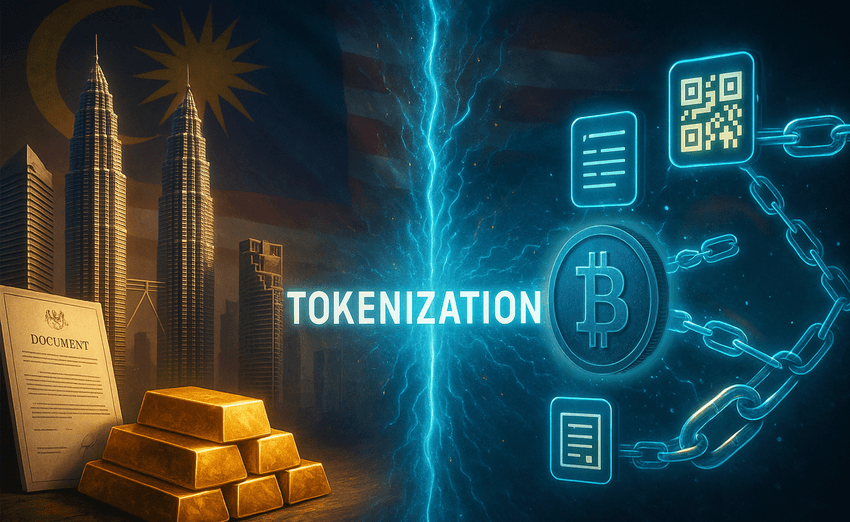BNM Sets Framework for Tokenized Finance
According to the central bank’s report, BNM will begin proof-of-concept pilots in 2026, expanding the scope the following year. Industry players have until March 1, 2026, to submit their proposals, with clear parameters for evaluation already in place.
The framework stresses that tokenization projects must prove tangible value creation, not rely on hype or theoretical assumptions. The use of distributed ledger technology (DLT) is only valid where it provides clear advantages over existing systems, with the report noting that in some cases, traditional APIs may remain more efficient.
BNM said the feasibility of each project will depend on the industry’s evolving technical capacity, but it expects this understanding to expand as Malaysia’s digital finance ecosystem matures.
Collaboration Across Financial and Tech Sectors
The central bank is collaborating with financial institutions, fintech startups, and technology partners to identify the most impactful tokenization use cases. Similar projects are already underway across Asia, with Singapore’s Project Guardian and Hong Kong’s Project Ensemble serving as major regional precedents.
BNM aims to learn from these models while tailoring its approach to Malaysia’s financial and Islamic banking sectors. The initiative could potentially position the country as a regional hub for tokenized finance in Southeast Asia.
Expanding to Real-World Assets and Payments
BNM’s tokenization effort will initially focus on traditional financial instruments such as bonds, loans, and deposits. Once established, the framework may expand to include real estate deeds, supply chain assets, or even machinery.
The program is limited to licensed financial institutions, ensuring regulatory oversight and robust governance standards. Over time, BNM plans to transition from hybrid on-chain/off-chain systems to fully digital solutions, as technical infrastructure matures.
The central bank is also open to the integration of MYR-denominated tokenized deposits or stablecoins, aligning with its broader push for digital payments modernization and cross-border settlement efficiency.
Regional Tokenization Momentum Builds
BNM’s move reflects a regional trend toward real-world asset tokenization. Singapore’s Project Guardian has expanded to over 40 financial institutions testing tokenized assets, while Hong Kong’s Project Ensemble is building wholesale settlement systems for tokenized transactions.
Malaysia’s entry adds a major new player to the landscape, particularly as it explores ways to integrate with other cross-border blockchain networks such as Project Dunbar, which focuses on multi-CBDC settlements in Asia.
Balancing Innovation and Risk
As the global crypto industry pushes deeper into tokenized assets - from stocks and bonds to commodities and real estate - regulators are tightening scrutiny over investor protection and market integrity.
BNM’s framework seeks to balance innovation with prudence, ensuring that only regulated and technically sound institutions participate in pilots. The initiative also aligns with President Donald Trump’s pro-crypto stance, which has accelerated regulatory openness across several markets in Asia and beyond.
By 2027, Malaysia could emerge as one of the first nations in Southeast Asia with a regulated, institutional-grade tokenization ecosystem integrated into its financial system.



